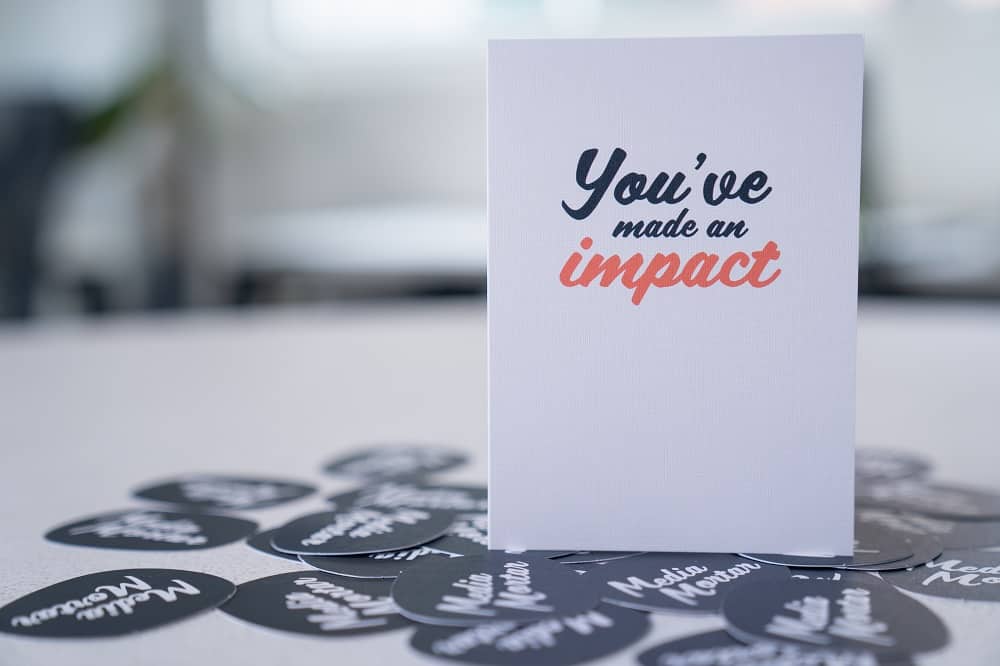
Every year as a business owner, I like to pull together a cathartic report of the year as I pen my new year’s resolutions for the business.
As I sit here in the first week of January 2021 starting on my reflection of the year that was – like most people, I don’t even know where to start.
2020 was something else; the highs were insurmountably high and the lows unfathomably low, like a rollercoaster where even the flat parts made you want to scream.
But importantly as I sit to write this reflection, what’s overwhelmingly important is that we live to tell the 2020 tale – something so many small business owners in Australia don’t have the pleasure of doing this morning.
And for that, we’re eternally grateful for our 2020 lessons.
If you’re easing back into the work year, grab yourself a cuppa with our Media Mortar highs and lows of 2020.
High 1: We connected with more of you on a regular basis
 Like most content marketing agencies, our own marketing efforts consistently sit at the bottom of the pile, shoved aside in favour of a deadline or whichever squeaky wheel is squawking the loudest.
Like most content marketing agencies, our own marketing efforts consistently sit at the bottom of the pile, shoved aside in favour of a deadline or whichever squeaky wheel is squawking the loudest.
But when life throws your business a global pandemic – you focus your energy on yourself and what’s inside your control, which for us, was what we do best, make content.
This involved launching a podcast, CONTENTious, and feathering our SEO nest with blog posts like this one you’re reading now.
Rather than keep feeding the content wheel, we found more ways for our content to work harder for us.
We made a rule that in order for a piece of content to go live, every piece of content had to have an efficiency plan built around it. Every blog post became an Instagram caption (or three), a module within an eNewsletter, podcast transcript or webinar. We suddenly became more resourceful with our time than ever before thanks to the pandemic.
Deep dives into our analytics, which I talk about in this Marketing Mentor episode also revealed we were placing our emphasis on the wrong channels, which became our impetus for a serious LinkedIn content plan.
Key learnings:
- In times of crisis work within your sphere of control
- Play to areas of your strength
- Get thrifty with anything you’re making and find ways to repurpose it
Low 1: Losing 80% of our revenue in three days in March
 There were three god awful days in March where the phone didn’t stop ringing, only I didn’t want to answer, because the only people calling were delivering bad news.
There were three god awful days in March where the phone didn’t stop ringing, only I didn’t want to answer, because the only people calling were delivering bad news.
“With this COVID thing, we’re not really sure what’s happening so we’re going to need to put you on pause” was a recurring conversation, I got pretty good at fielding.
We were officially in free fall along with the rest of the tourism and events industry and I had to make hard calls, fast, to ensure the future of the business.
I still consider COVID a crash course in putting on my big girl pants and hardening up and without a doubt it taught me more than my two university degrees ever did.
Unfortunately, to weather the storm, I had to make a new starter who was already proving herself to be a wonderful addition to the team redundant and step the rest of the team back to three days a week, reducing my own hours and pay as well like any good leader should.
But behind every dark cloud were some silver linings, and the fact we were hit so hard so fast, meant we were one of the first businesses to start our recovery-race.
As every other industry felt the grips of COVID and had to offload staff, contractors and expenses, we’d somewhat already been there and done that and were working on the comeback.
Key learnings:
- When crisis hits, act fast. There’s no point putting your head in the sand
- You’re only as protected in a service agreement as the termination clause you set
- Difficult conversations are always difficult, even in a global pandemic
High 2: Hustling to find new clients in new industries
 A dear friend of mine who runs a law firm has a rule, you should never let a client be responsible for more than 30 per cent of your revenue.
A dear friend of mine who runs a law firm has a rule, you should never let a client be responsible for more than 30 per cent of your revenue.
I like her rule, but raise her my COVID take on it, that you should never have an INDUSTRY responsible for more than 30% of your revenue. A lesson, I didn’t need to lose my clients to appreciate, but here we are anyway.
Our resolution coming out of COVID was to diversify into new industries, taking our same content marketing approach we’ve honed in tourism to other more diverse industries.
We started with a pitch list of potential targets to reach out to from industries we thought might not be hurting as hard as our friends in tourism and worked through them methodically.
The team adopted sales targets and worked their magic, reaching out to new industries and contacts in an environment where they were hit with more no’s than resounding yes’s.
Anyone who’s tried to drive new business in a pandemic will know exactly what I mean.
Key learnings:
- Write a list of potential targets and work through them methodically
- Sales is a game of numbers, the more offers you put out, the higher your chance of getting someone to say yes
- Pitching to new clients is a helluva lot easier when you have an active Instagram, Facebook and LinkedIn pumping with high value content to assist people and support your position as an industry expert
Low 2: Watching dear clients have to make hard decisions and clients get made redundant
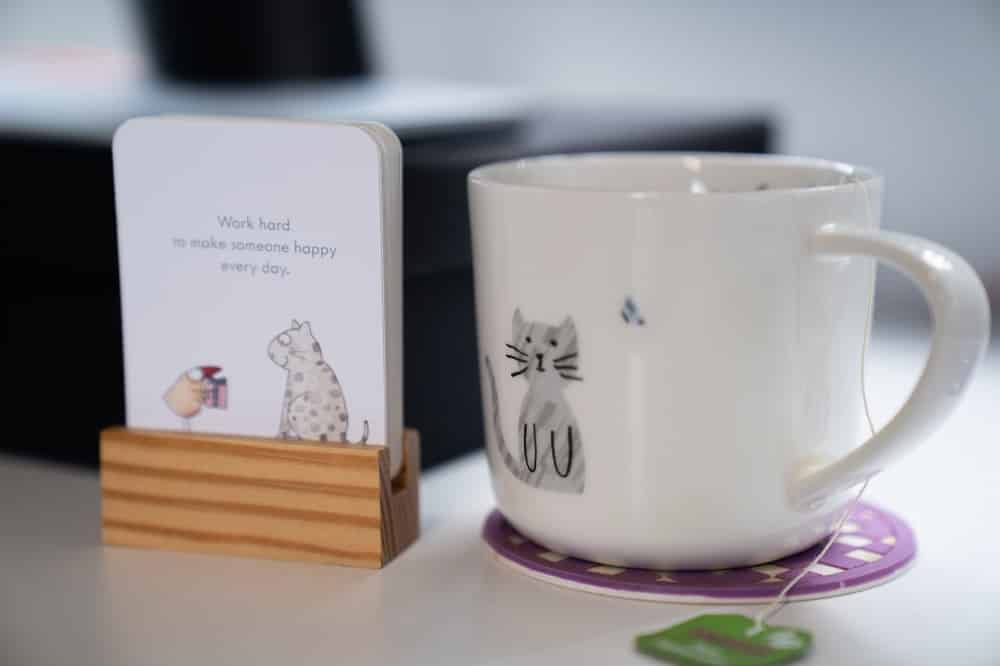 Not only did we need to live through our own redundancies and stand downs at Media Mortar, we had to watch our clients do the same in far greater scale than our small business.
Not only did we need to live through our own redundancies and stand downs at Media Mortar, we had to watch our clients do the same in far greater scale than our small business.
When you’ve worked with the same clients for three years, as naff as it sounds, their pain becomes your pain.
Many of our colleagues, friends and contacts within businesses took redundancies (voluntary or otherwise), which was hard to watch from the outside looking in.
Key learnings:
- You know your clients mean the world to you when you feel their pain
- COVID didn’t discriminate between businesses large or small – the largest companies we work with had some of the largest impacts
High 3: Creating more profit across all areas of the business
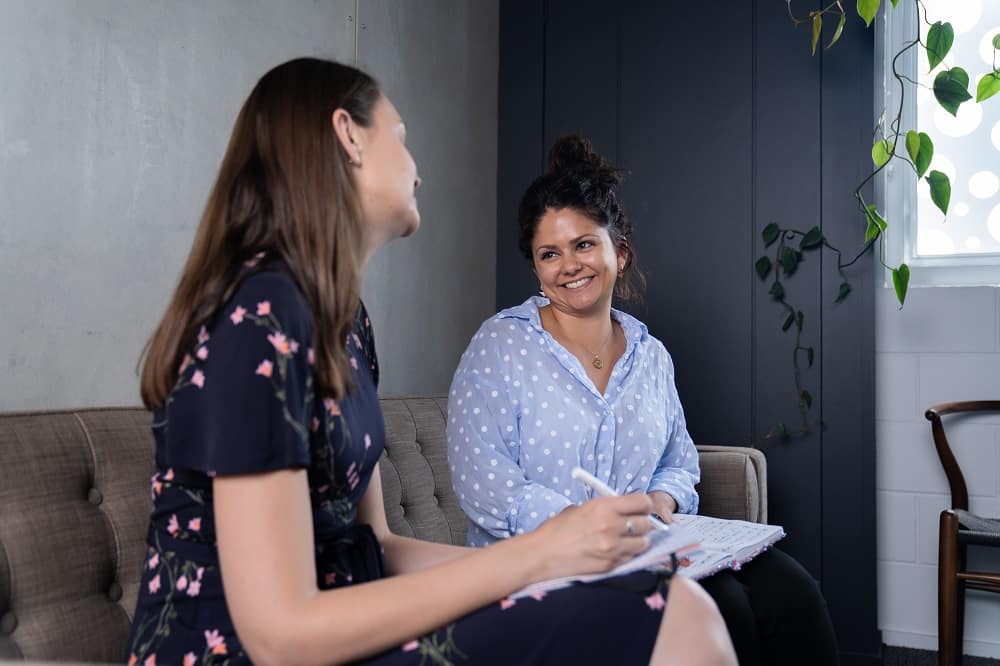 There’s nothing quite like a clean out of clients to make you reassess your profit margins and price structure.
There’s nothing quite like a clean out of clients to make you reassess your profit margins and price structure.
We put the downtime to good use with a new pricing structure for new clients across social media management and paid ads.
The pandemic ended contracts with a handful of legacy clients we’d been over servicing for years, freeing up the mental bandwidth and space for new and exciting industries to come along.
We also got crystal clear about what services we do and don’t offer at Media Mortar, which has brought instant profitability into what we’re doing for 2021 and beyond.
Key learnings:
- Sometimes you need space to see what’s really working, and what’s not
- Just because you’ve always done something doesn’t mean its profitable
Low 3: The fatigue is real
 As a team who previously worked in the marketing of holidays, I can tell you we’re also good at taking them ourselves.
As a team who previously worked in the marketing of holidays, I can tell you we’re also good at taking them ourselves.
But when Australia shut its borders and no one could travel, the workplace felt even more fatigued with nothing to look forward to.
They say even just planning a holiday or meal out gives you a shot of oxytocin (the love hormone) so with all of our favourite things shut, it made personal lives that little bit harder – especially for Rochelle in our Melbourne office who spent most of the year at home in lockdown.
The result? We all limped through to December feeling that bit more tired than we’d normally feel.
Key learnings:
- Annual leave is there for a reason – we saw firsthand what fatigue can do to people
- We tried to turn fatigue around with a mental health day in October, which was so successful we’re going to implement them quarterly

By Hannah Statham
Hannah Statham is The Boss at Media Mortar. She’s a heavy weight wordsmith, punching with puns, analogies and metaphors that leave readers wanting more. When she’s not refreshing her Instagram feed, you’ll find Hannah walking her rescue greyhound Olivia.
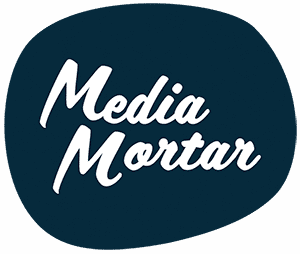
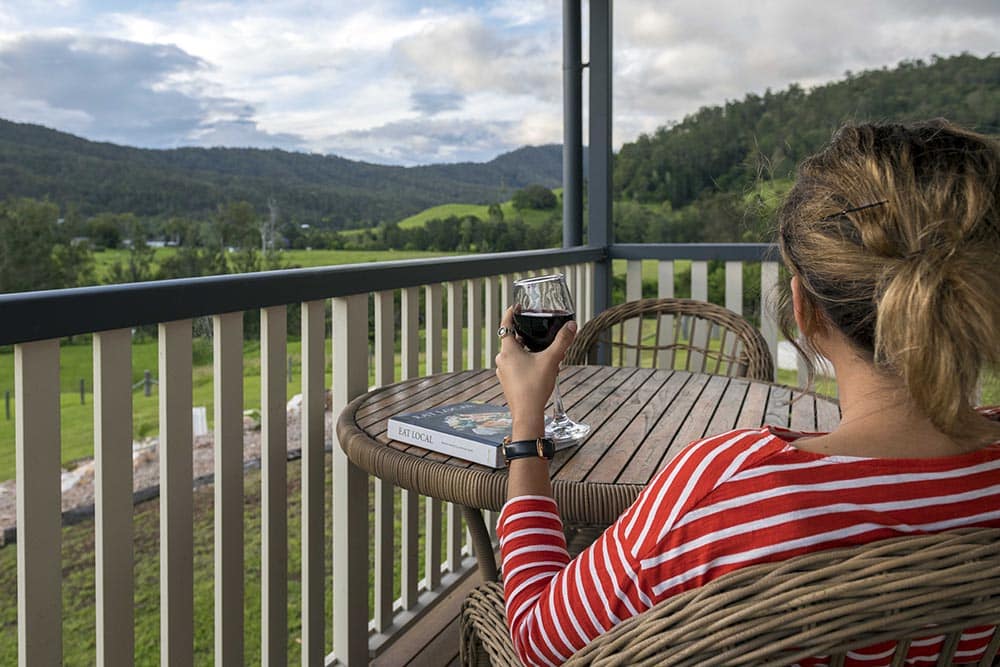
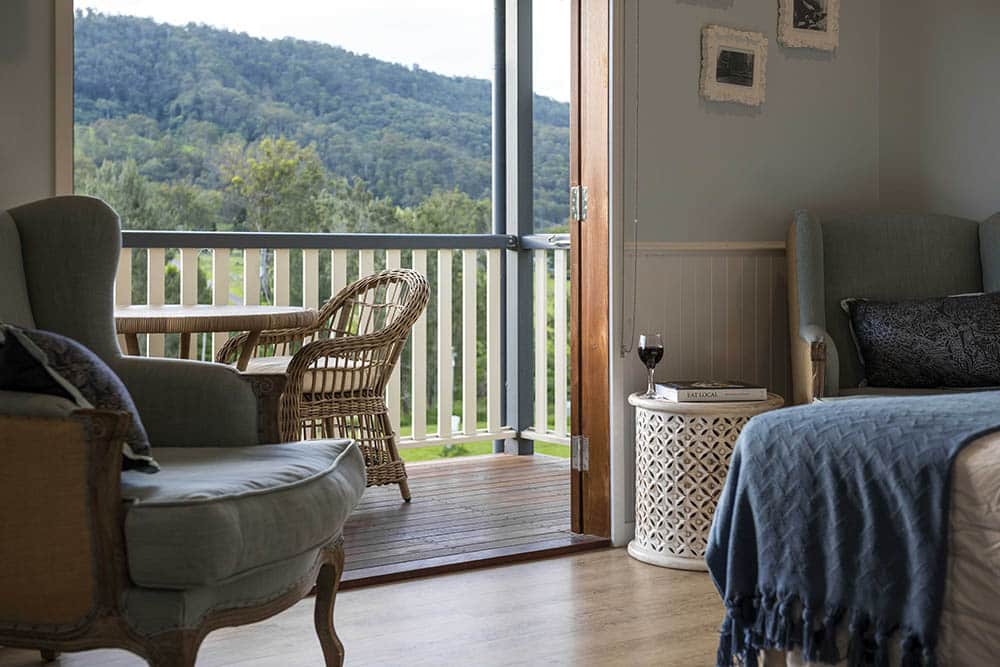
 Last year I was asked to present workshops around the State about managing
Last year I was asked to present workshops around the State about managing 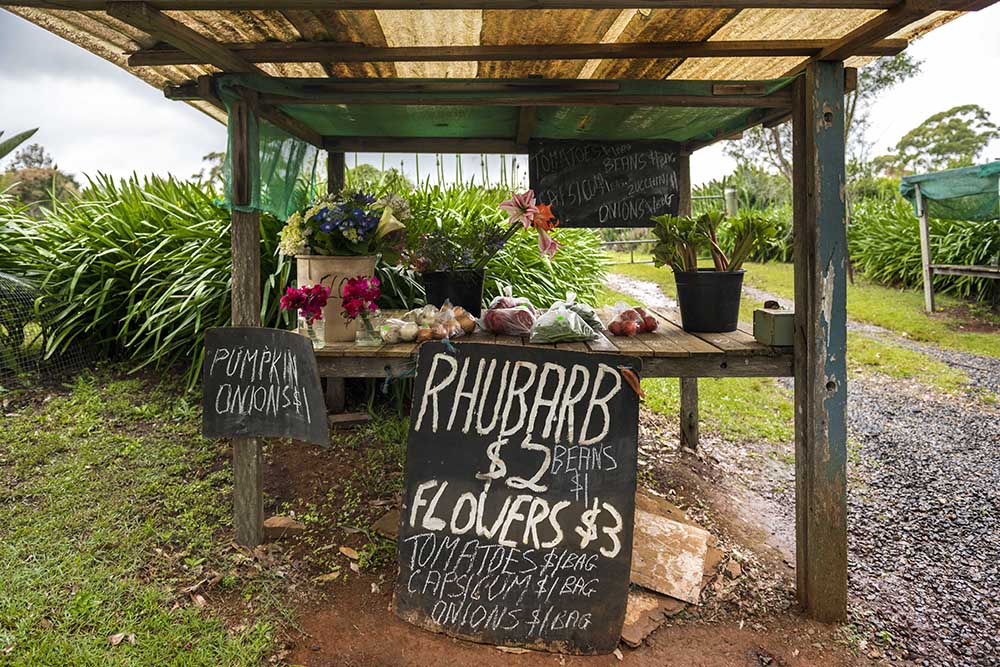



 When it comes to determining a return on investment for blog posts, let’s start with defining your investment.
When it comes to determining a return on investment for blog posts, let’s start with defining your investment. So, you’ve handed your social media to a social media manager (like us) or you’ve got a staff member racking up their hours online – you’ll want to see runs on the board.
So, you’ve handed your social media to a social media manager (like us) or you’ve got a staff member racking up their hours online – you’ll want to see runs on the board.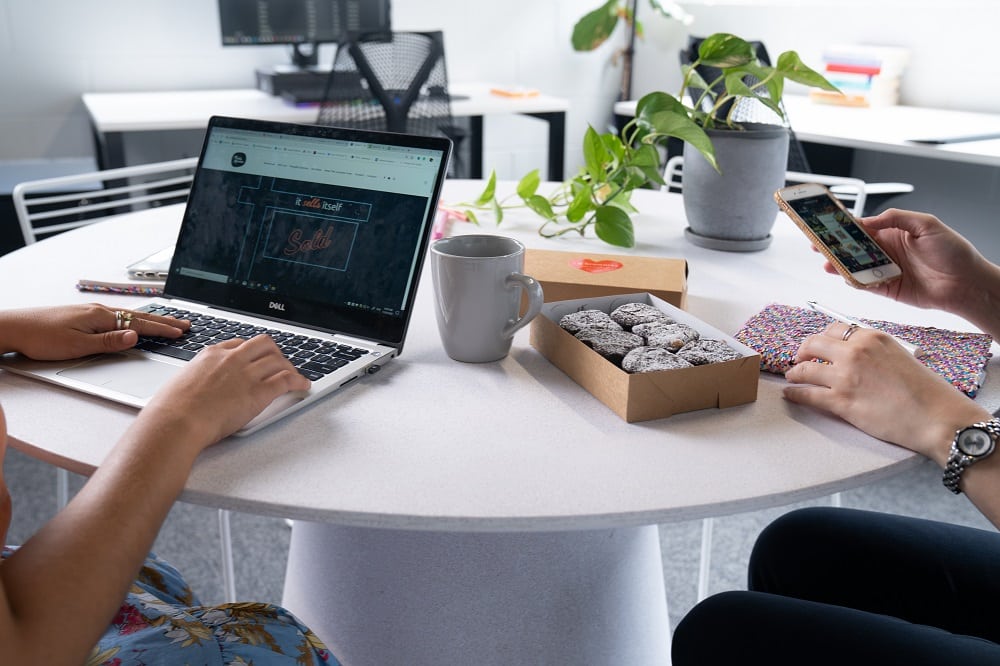 No need to put on your detective hat when it comes to ROI on eNewsletters. With email analytics it’s a lot easier to see how effectively your content is working for you.
No need to put on your detective hat when it comes to ROI on eNewsletters. With email analytics it’s a lot easier to see how effectively your content is working for you. We get that building a website is expensive between words, images and physical design. But in our view, all three deliver years of ROI since your website is the digital shopfront for your business.
We get that building a website is expensive between words, images and physical design. But in our view, all three deliver years of ROI since your website is the digital shopfront for your business.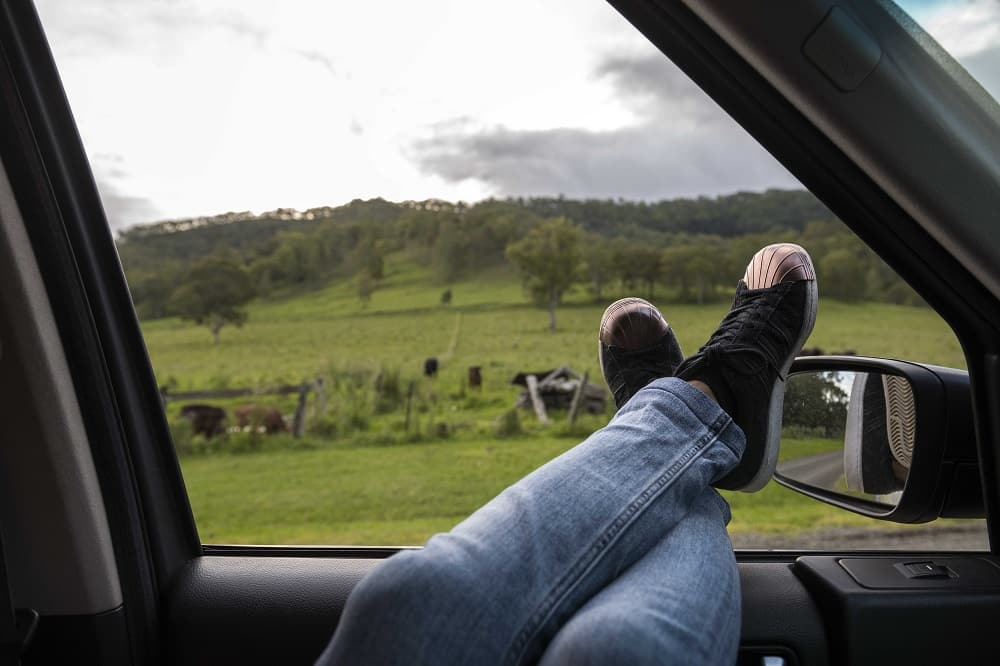
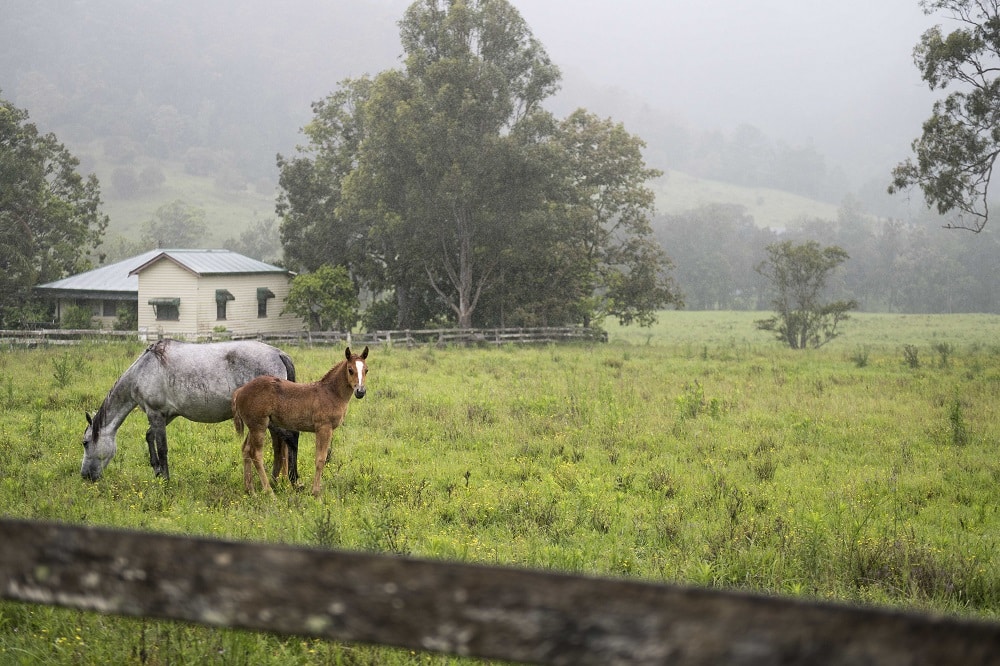 We all know content is king, but it’s very clear not all content wears a crown.
We all know content is king, but it’s very clear not all content wears a crown.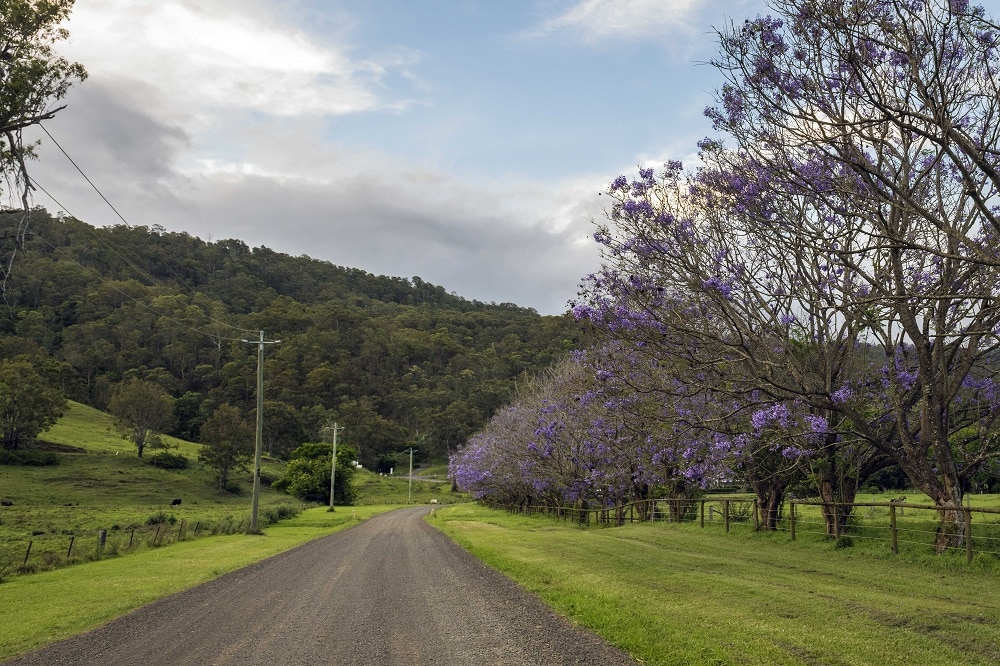 We’re guessing your marketing budgets have been sliced and diced like a teppanyaki vegetable for 2021, so what we recommend is doubling down on
We’re guessing your marketing budgets have been sliced and diced like a teppanyaki vegetable for 2021, so what we recommend is doubling down on  As the competition to stand out becomes higher within Australian tourism, it’s time to look to industry partners within your regions as collaborators rather than competitors.
As the competition to stand out becomes higher within Australian tourism, it’s time to look to industry partners within your regions as collaborators rather than competitors.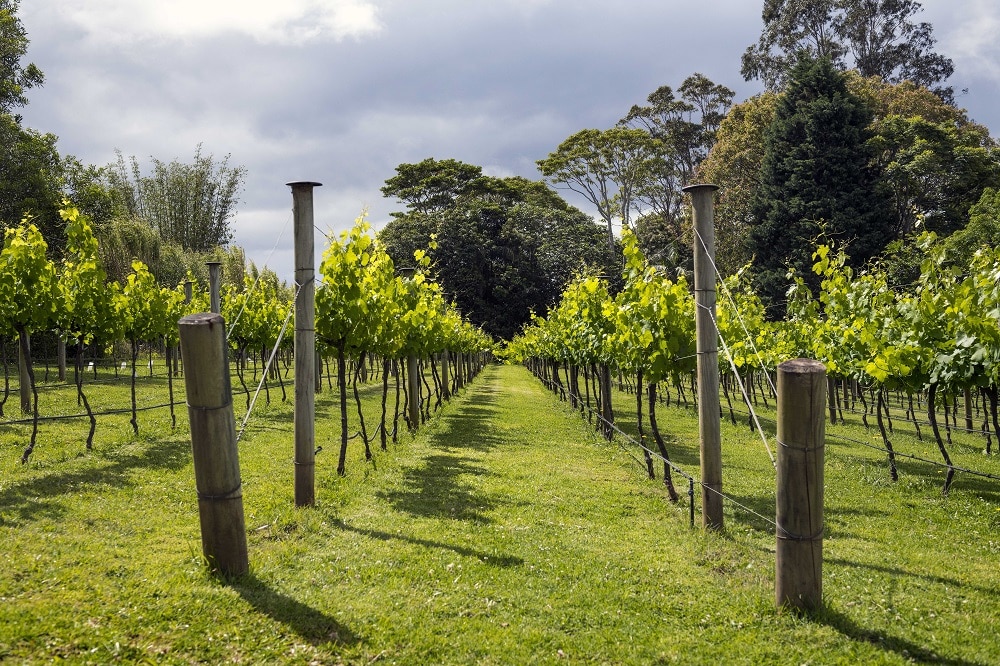 Anyone working with Australian tourism will know the tyranny of distance has always been the biggest barrier for encouraging people to visit. But what if it was now your biggest opportunity?
Anyone working with Australian tourism will know the tyranny of distance has always been the biggest barrier for encouraging people to visit. But what if it was now your biggest opportunity? If there is one thing we ask of you – please don’t be a shrinking violet.
If there is one thing we ask of you – please don’t be a shrinking violet.
 Don’t get us wrong, we’re all about content efficiencies, but sharing content that’s not fit for channel isn’t just poor marketing practice, it’s a disaster.
Don’t get us wrong, we’re all about content efficiencies, but sharing content that’s not fit for channel isn’t just poor marketing practice, it’s a disaster. I’m going to let you in on a secret – I don’t like bananas. But just because I don’t like bananas doesn’t mean they aren’t a $1.3billion industry to Australia.
I’m going to let you in on a secret – I don’t like bananas. But just because I don’t like bananas doesn’t mean they aren’t a $1.3billion industry to Australia. I can’t tell you how many tourism websites I look at who still don’t have online booking, or some sort of real-time availability on their website.
I can’t tell you how many tourism websites I look at who still don’t have online booking, or some sort of real-time availability on their website. I’ve seen plenty of ways to kill a good idea, but none are more effective as these six fatal words: ‘we’ve always done it that way’.
I’ve seen plenty of ways to kill a good idea, but none are more effective as these six fatal words: ‘we’ve always done it that way’.
 If you’ve had a squiz at our
If you’ve had a squiz at our 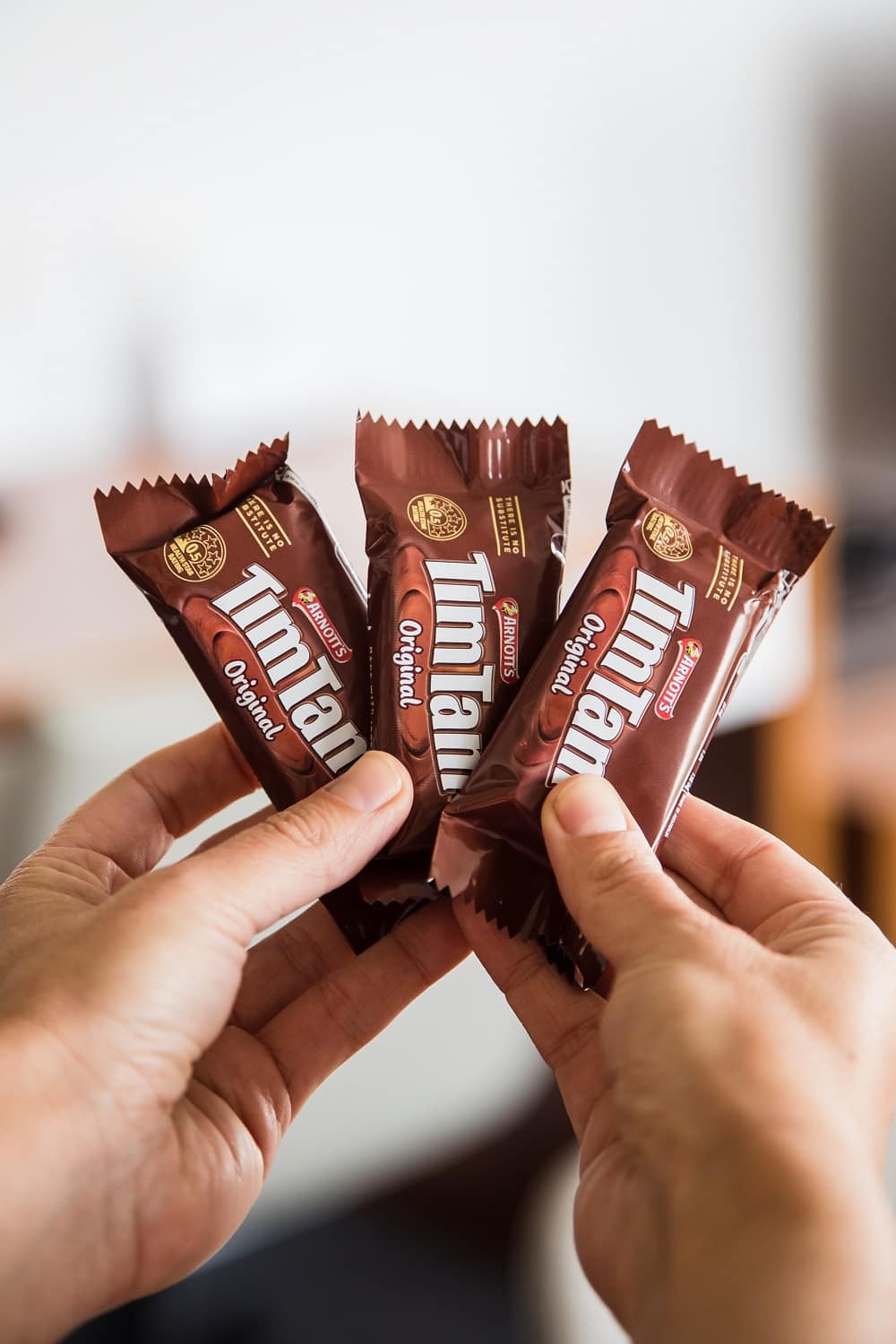 There are only two ways to build an audience on social media:
There are only two ways to build an audience on social media: In marketing terms there are two ways to get featured in a magazine, TV or online – you pay for it, or you pitch your way there through
In marketing terms there are two ways to get featured in a magazine, TV or online – you pay for it, or you pitch your way there through 








 Did you know social media usage has
Did you know social media usage has  Show of virtual hands if you’ve ever gone down the rabbit hole of TripAdvisor when planning a holiday or Google Reviews before deciding where to eat? Yep, us too!
Show of virtual hands if you’ve ever gone down the rabbit hole of TripAdvisor when planning a holiday or Google Reviews before deciding where to eat? Yep, us too! Every single business has two audiences – existing customers and ones who don’t know about you yet.
Every single business has two audiences – existing customers and ones who don’t know about you yet. Tap, tap, tap – can you hear the keyboard working its magic?
Tap, tap, tap – can you hear the keyboard working its magic?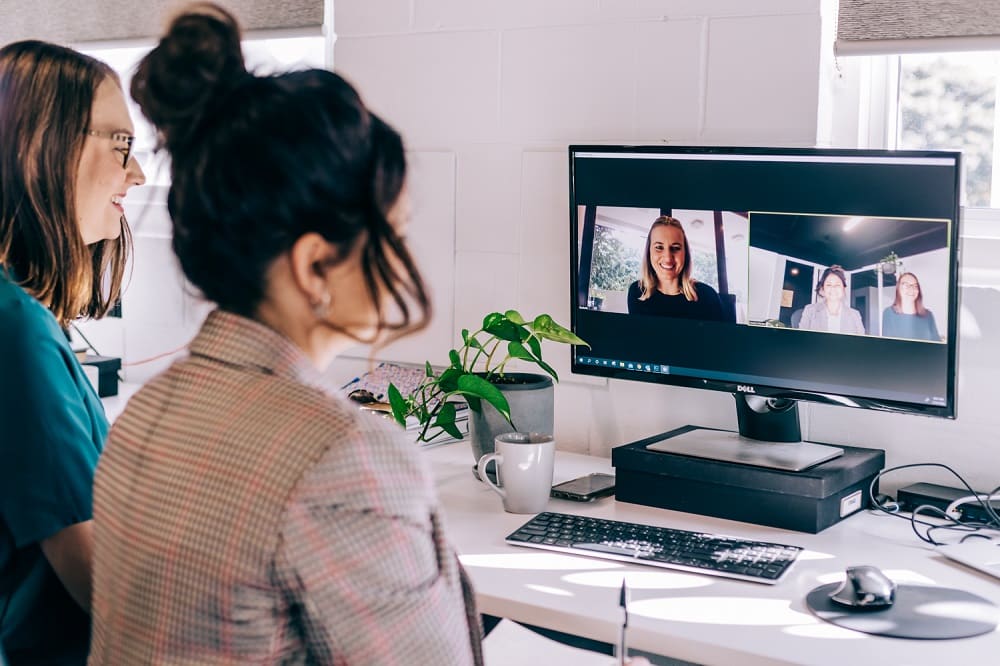
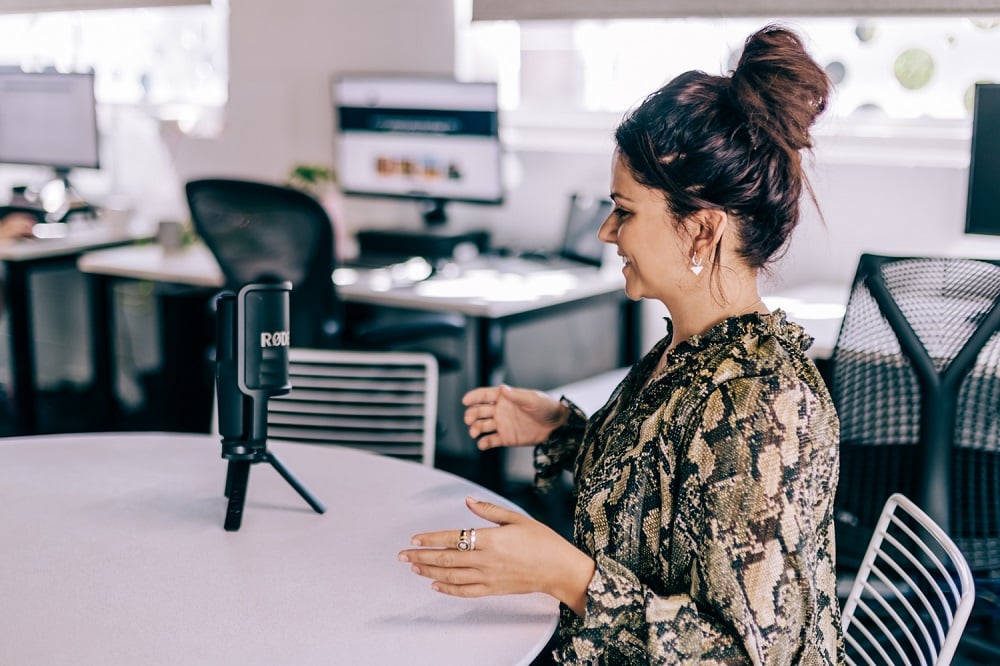 In any other non-pandemic year, by August, I’d be seven or eight speaking gigs into the year.
In any other non-pandemic year, by August, I’d be seven or eight speaking gigs into the year.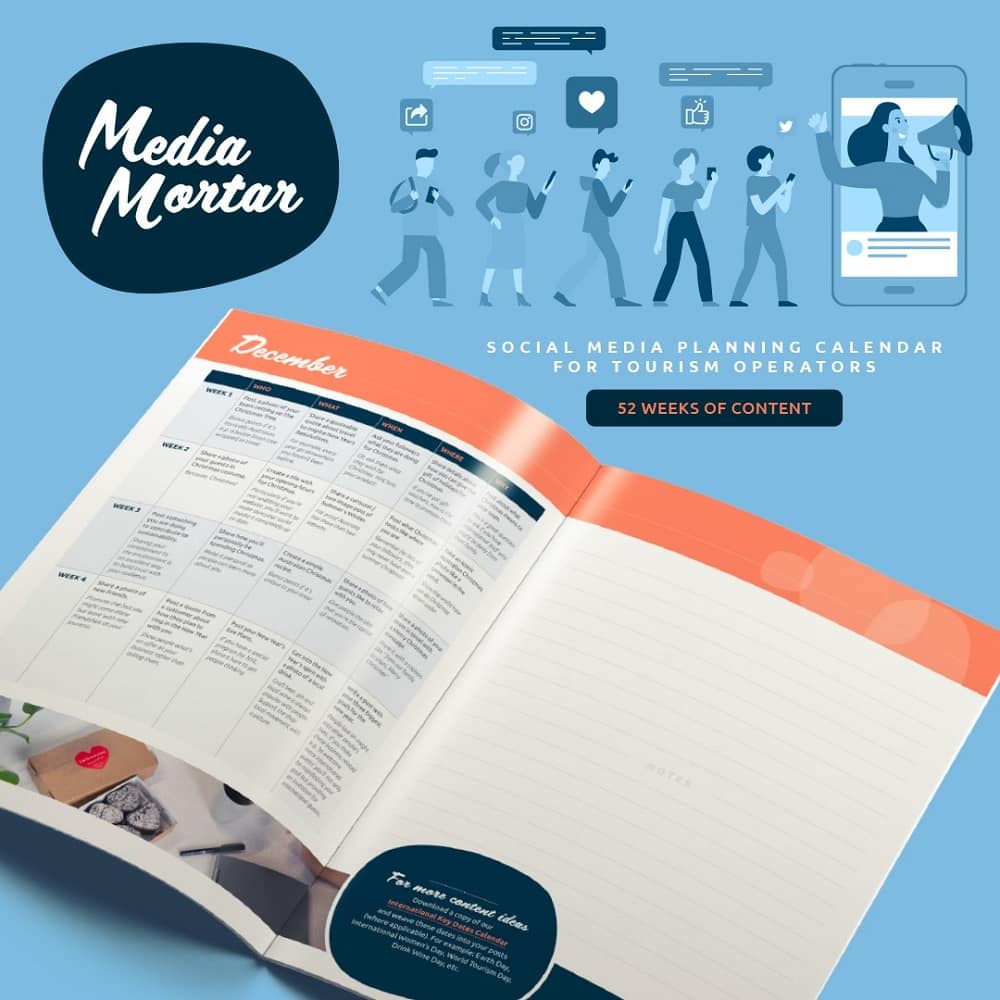 Contrary to what our Instagram account might have you believe, 70% of our week is spent managing social media accounts for brands from behind the desk.
Contrary to what our Instagram account might have you believe, 70% of our week is spent managing social media accounts for brands from behind the desk.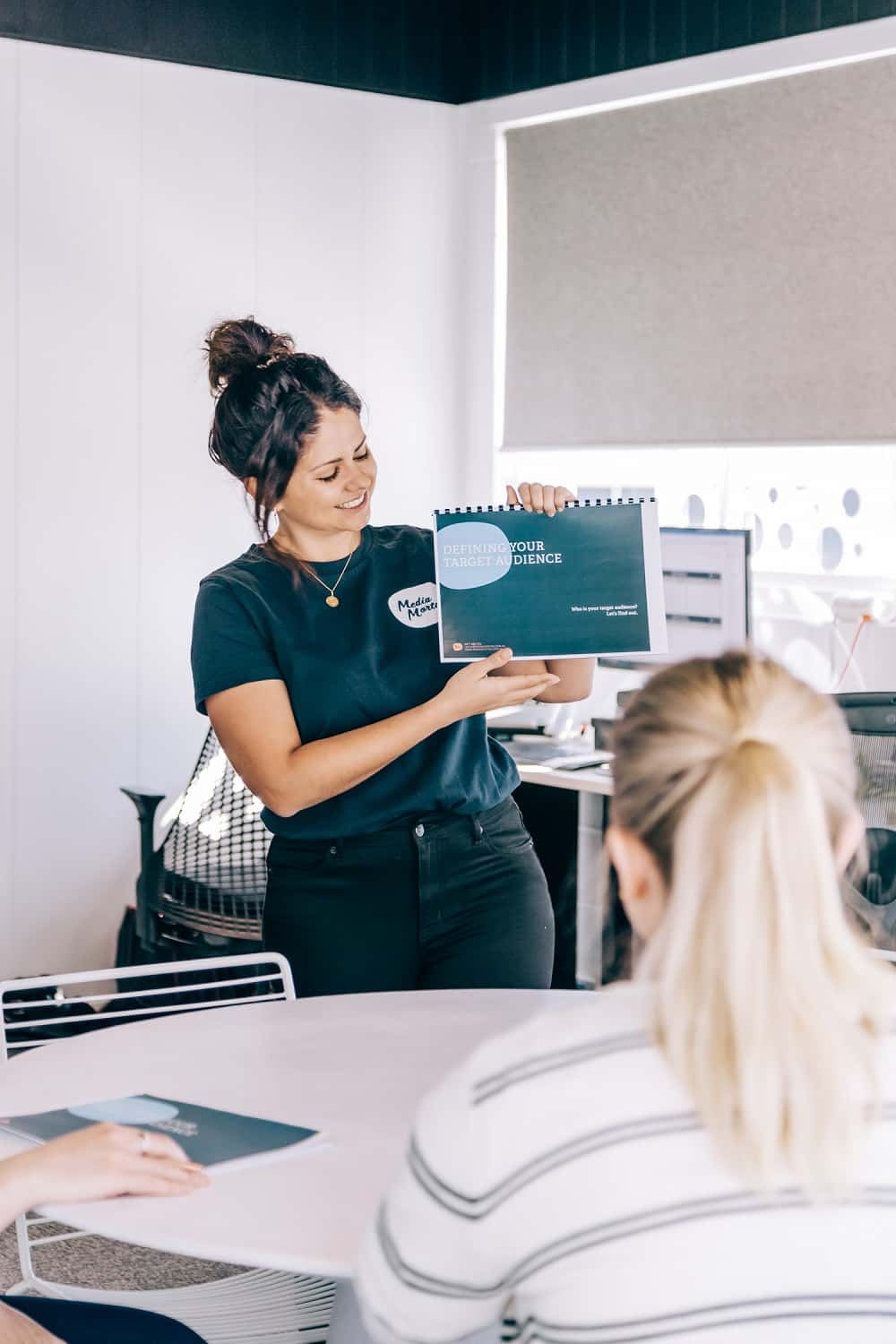 If the COVID-crisis taught us all anything, it’s that a good communication manager is worth their weight in gold.
If the COVID-crisis taught us all anything, it’s that a good communication manager is worth their weight in gold.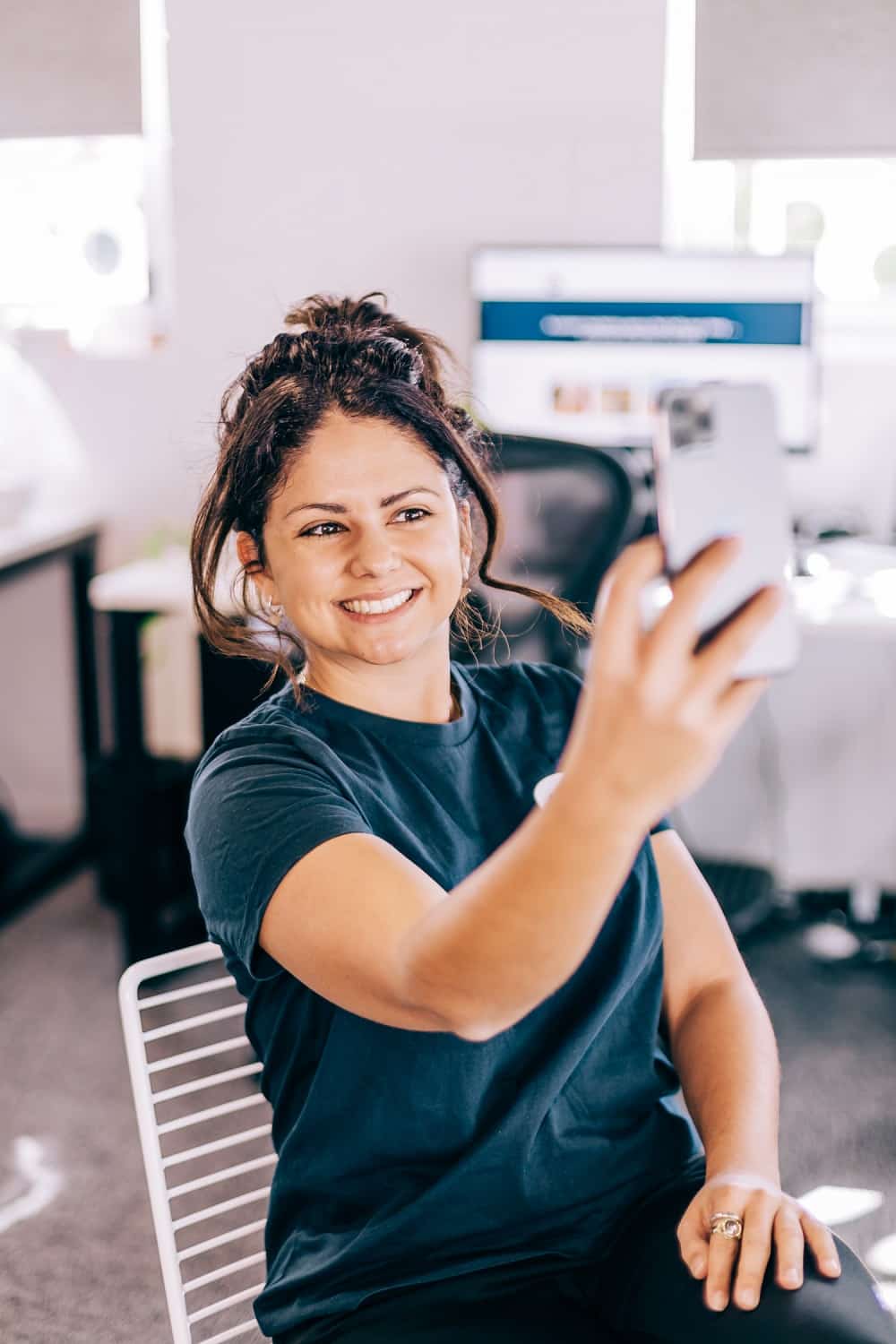 Despite telling everyone else (for years) to show up on Instastories and LinkedIn videos, we used the time over the pandemic to walk our own talk.
Despite telling everyone else (for years) to show up on Instastories and LinkedIn videos, we used the time over the pandemic to walk our own talk.


 Dust off those memories of creative writing from primary school – start mapping out what inclusions you might add to the start, middle and end of your blog.
Dust off those memories of creative writing from primary school – start mapping out what inclusions you might add to the start, middle and end of your blog. Words are only one part of the blog equation. You’re going to need images and formatting to go with it too.
Words are only one part of the blog equation. You’re going to need images and formatting to go with it too.
Recent Comments